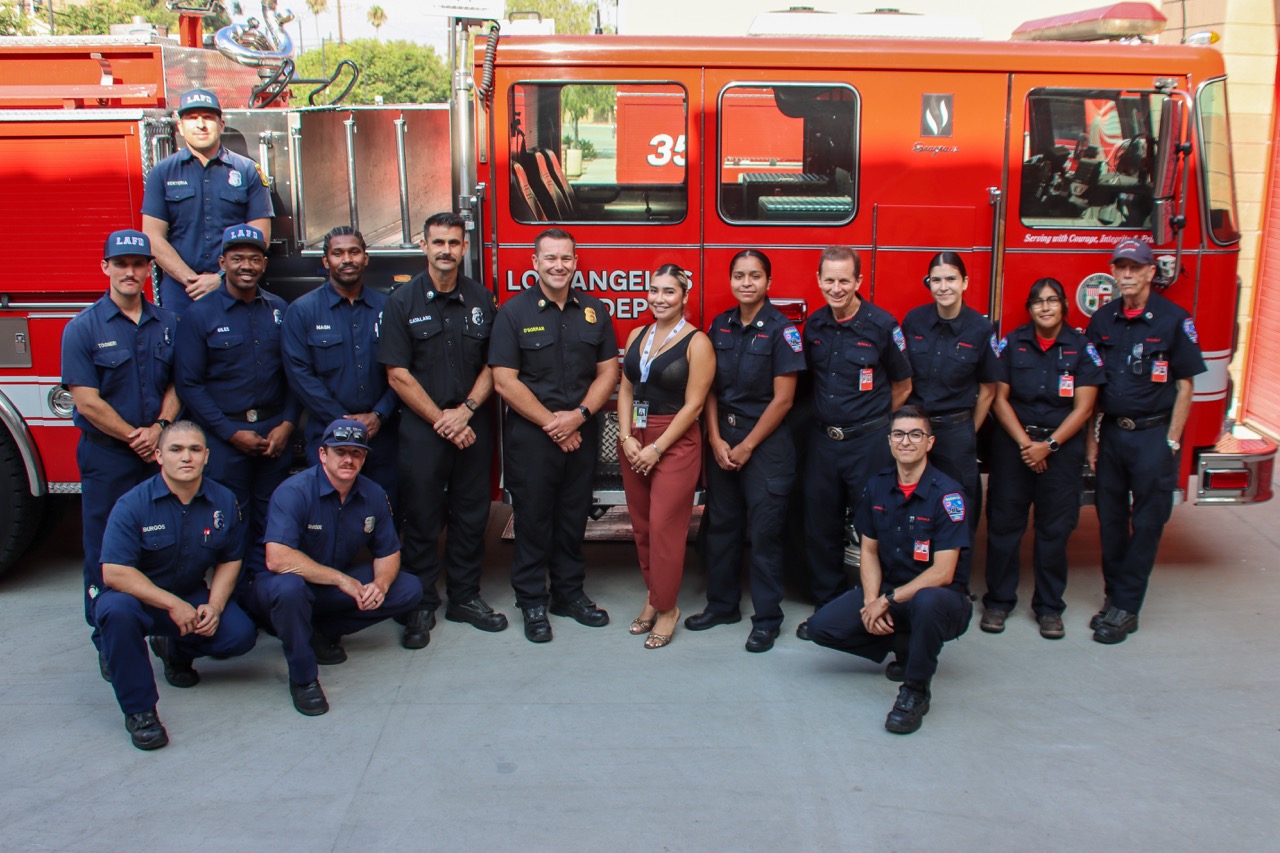Home » CRR
While first responders are trained to respond to calls from the public, there are instances where fire, EMS, and police may not be able to respond. Being better prepared means knowing how to survive, when help isn’t available.




A Community Wildfire Protection Plan (CWPP) serves as a strategic document for communities, outlining targeted actions and initiatives designed to reduce wildfire risks and protect residents, especially in fire-prone areas. In Los Angeles, the CWPP plays a crucial role in enhancing wildfire preparedness and building resilience, focusing particularly on regions within the wildland-urban interface (WUI). These areas are particularly vulnerable to wildfires due to their proximity to natural vegetation. The implementation of a CWPP is critical for safeguarding lives, properties, and natural resources in these at-risk communities.
MySafe:LA is developing a CWPP for the City of Los Angeles. This grant-funded project takes no money from the LAFD or the City of Los Angeles. To learn more, visit our wildfire website: